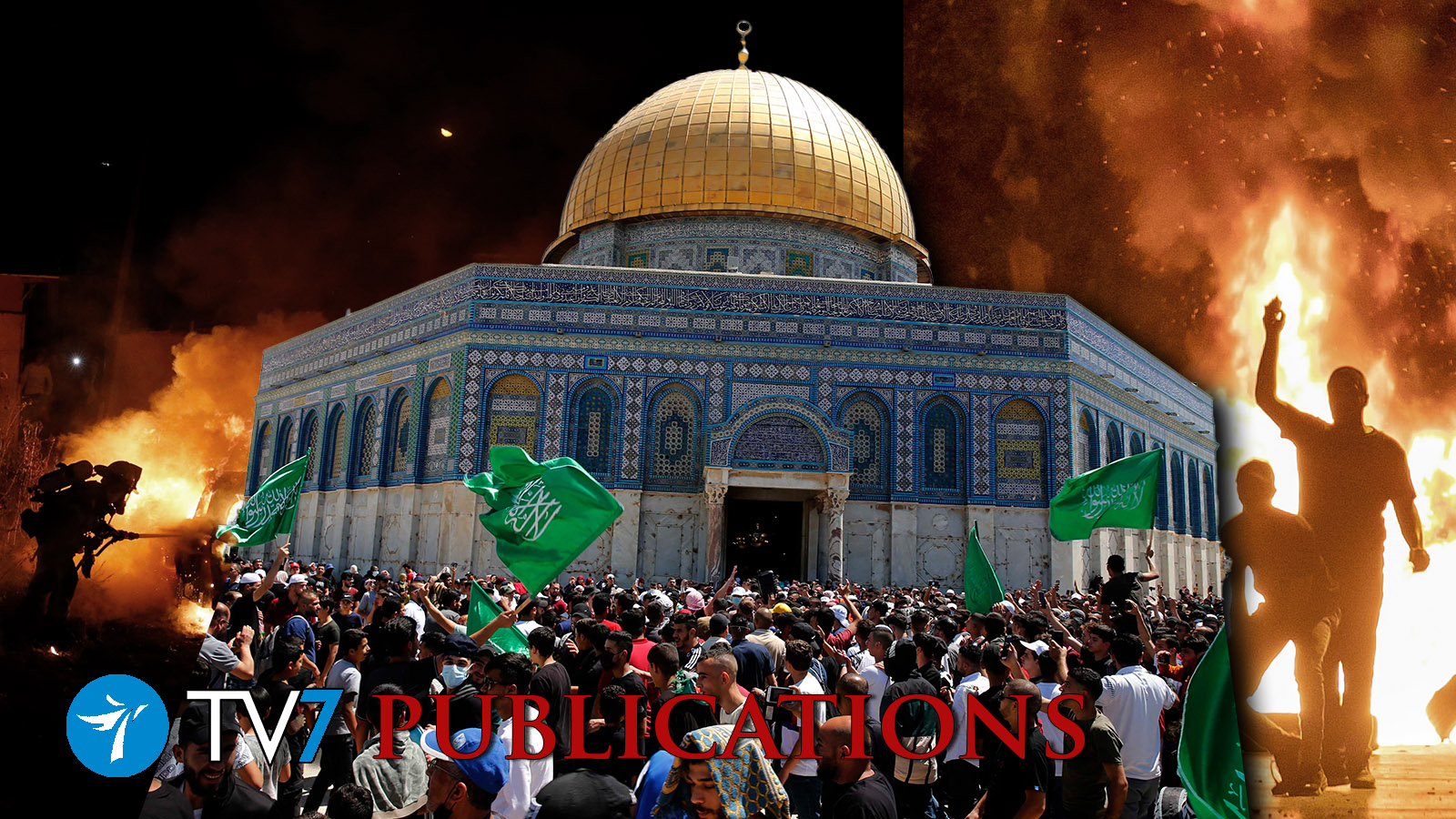 — By Col. (res.) Grisha Yakubovich
— By Col. (res.) Grisha Yakubovich
The origins of the present violence can be traced back to recent months, when Palestinian Authority (PA) President Mahmoud Abbas floated a trial balloon in the form of elections to the Palestinian parliament.
Hamas analyzed Abbas’ moves two steps ahead. Its leaders knew that Abbas would cancel elections and blame Israel for refusing to allow a vote in eastern Jerusalem.
The move serves Hamas’ interests on multiple levels. On the Palestinian street, it positions Hamas as the dominant party in the struggle for leadership with Fatah. In the Arab world, it pushes back against Arab states engaged in normalization in Israel, by sending out the message to their publics that these countries are counterfeit defenders of Jerusalem, while Hamas is the genuine deal.
This creates long-term legitimacy for Hamas in the Arab world, reversing its isolation. It could see Hamas receive significant support and funding in the future, even if it currently risks the immediate goals of rebuilding Gaza now.
The role of Iran and its regional axis cannot be ignored either. Hamas and Palestinian Islamic Jihad serve as the representatives of Iran’s power display in the post-Trump era. The Islamic Republic recently marked Quds Day, the last Friday of every Ramadan, which is dedicated to protests in Iranian cities and Shiite population centers in the region, calling for Israel’s destruction. An escalation now drives home the impression of a broad, region-wide radical axis that stands firm against Israel, under Iranian guidance.
Thus, by escalating violence over Jerusalem now, Hamas’ strategy works for it on three different dimensions at the same time.
Most crucial, however, is Hamas’ positioning inside the Palestinian arena.
Israel made unnecessary mistakes by initially proceeding with the court ruling on the Sheikh Jarrah evictions during the sensitive Ramadan period, lighting another match in a room full of combustible material. Israel realized this late in the proceedings, but its efforts to de-escalate only made things worse, as they were perceived by eastern Jerusalem Palestinians as signs of weakness.
When the Israel Police surrendered to demands to remove barricades from the Old City’s Damascus Gate, this created motivation among the rioters in the capital to continue the struggle. Removing the barriers escalated events further and gave the Palestinians hope that they could also lead to the cancellation of Jerusalem Day festivities, when Israel celebrates the unification of the city.
Against the backdrop of this expectation, Hamas stepped in. It issued an unprecedented ultimatum on Monday, demanding that Israel withdraw forces from eastern Jerusalem and the Temple Mount — not because it had any expectations that Israel would meet the demands, but because it was out to present itself as the dominant element in the Palestinian arena, the true protector of Jerusalem.
The next step for Hamas was to make good on its promise to “defend” Al-Aqsa and fire rockets at Israel.
Israel has made the right move by broadcasting to Hamas that Hamas is going to pay a heavy price for what it has done, and that it does not matter what Hamas says at this stage.
This course of action is the only way to force Hamas to realize that Israel will no longer dance to its tune. Israel will not start and stop escalations at Hamas’ command, and let the terror organization score points over Jerusalem at its expense.
Looking ahead, Hamas did not expect a lengthy conflict. It sought to exploit the momentum surrounding Jerusalem, fire a limited number of rockets, absorb a proportionate Israeli response, and exit the escalation within days.
It is important that Israel continues to deny Hamas that gain.
When Israel transferred responsibility over 80 kilometers of its territory from the Gaza border to the IDF, it sent an important message to Hamas that it will now have to march according to Israel’s pace.
Israel’s drafting of reservists sends the same message.
At this stage, no one knows whether Israel and Hamas will end up in a full war. While Hamas did not plan for this escalation of violence, it is willing to pay the price, too.
Israel must now take advantage of the current momentum and not let up until a hefty price has been paid by Hamas and Palestinian Islamic Jihad. The killings of senior commanders from the organizations is a step in this direction.
The killing of two Israeli civilians in Ashkelon is, tragically, the kind of “achievement” that Hamas and allied groups desire before being prepared to de-escalate themselves.
Hamas has, in fact, begun sending out feelers for a truce, as seen in statements calling on international intervention over Israel’s decision to stop fuel movement into Gaza. But it is too soon to anticipate a truce, as both sides enter into more escalatory stages in their planned campaigns.
When the fighting does end, Israel must reach the stage where it has not only extracted a high price from Hamas, but also seized the opportunity to significantly roll back its terrorist-army force build-up in Gaza.
The writer concluded his military service in 2016 as the head of the civil department for the Coordination of Government Activities in the Territories (COGAT). He is a publishing expert at The MirYam Institute.
